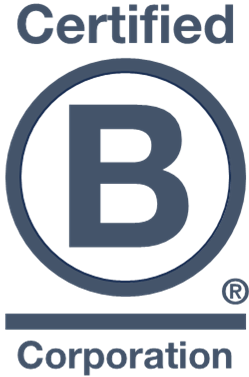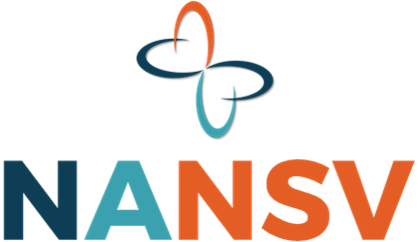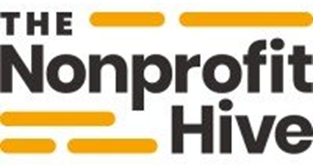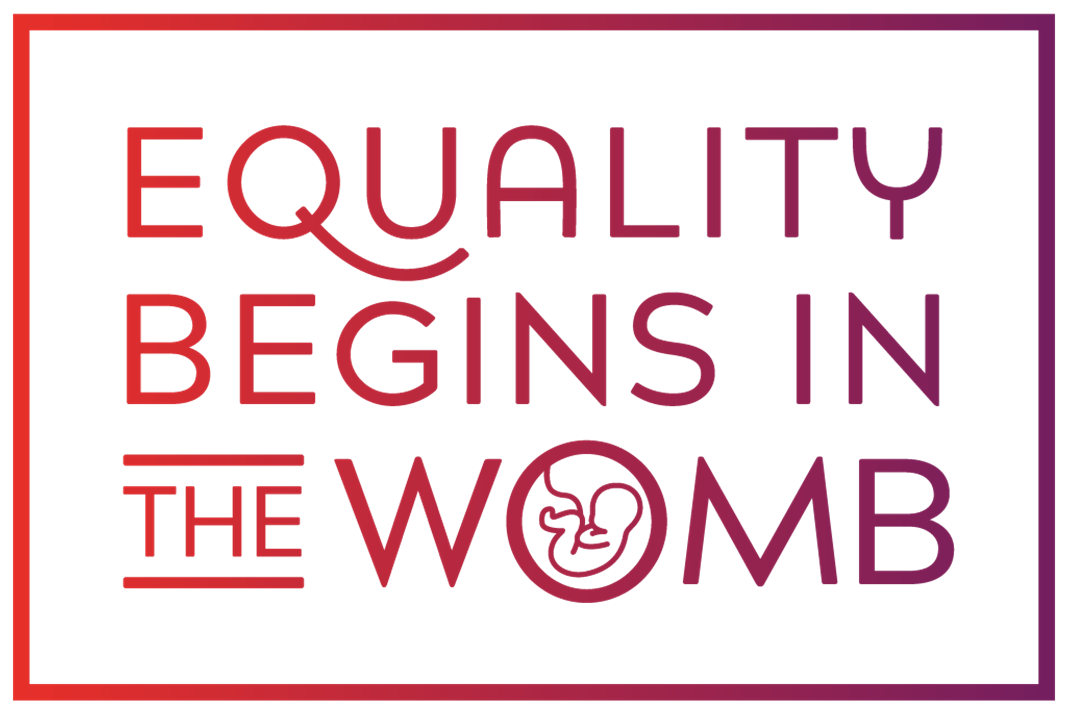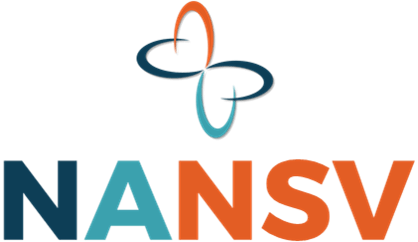Some Thoughts on Non-profit Fundraising
To get a return on investment, you have to invest, and it doesn't have to be scary
Originally published Mar 25, 2016
Non-profits obviously depend on having sufficient funds to deliver their essential services, and this money is often generated substantially from donations or memberships. In our experience, leaders aren't always familiar with the term Return of Investment (ROI), and many who are find it confusing or even irrelevant to the sector. But they need to embrace it, today. Sustainable funding requires adequate investment.
There is an understandable reluctance for many non-profit organizations to "take the leap" and put money into initiatives that are themselves designed to make money. There are at least three particular concerns: (1) They think donors don't like it, (2) They don’t think they have the money to put in, and (3) There is risk, with an associated (and completely understandable) fear of the unknown.
The first concern requires a paradigm shift... a "learning experience" that not every penny needs to be put into operations for a non-profit to be effective. Unfortunately, sites like Charity Navigator still report on this, reinforcing the expectation that donation dollars shouldn't go into "overhead." That's hard to break through, and it's on all of us to educate the public. People need to understand that marketing and development are actually mission-critical functions and, if fully supported, can generate the kind of funding that allows non-profits to do more, for more people. In other words, it makes program impacts greater. To change the donor mindset, however, requires non-profits change theirs, embracing this reality and confidently communicating it. There's no reason to hide from the facts when they have positive effects.
At a glance, the second concern also looks hard to overcome—if the funds aren’t available there's nothing to invest, right? When day-to-day operations are projected to consume the entire budget, it seems almost silly to set money aside for a “side initiative.” However, if the initiative is designed to generate revenue (e.g., a focused outreach to the donor or member market), investing isn't necessarily an irresponsible choice. If you have money intended for the entire year’s operations, say, at the beginning of the year, it would be imprudent to "burn it" so it's not there when it's needed. Here is where understanding ROI is critical. You can get that money back. Timing is key, and planning and managing development initiatives correctly is obviously essential, but the principle of ROI often gives choices where they aren’t readily apparent.
The third factor is closely related to the second. Uncertainty and risk are significant barriers to investing under any circumstances, whether personal or organizational. For revenue-generating initiatives, the returns are rarely guaranteed, and this reality can be rather unsettling. While there will always be risk, however, it may be entirely possible to take steps that instill enough confidence that at least a portion of the expected ROI will be realized. This can be accomplished in several ways, starting with an initial assessment of the risks themselves. Identifying the potential obstacles to achieving financial objectives, evaluating likelihood and impact, and assessing potential mitigation strategies helps organizations make informed decisions on whether to invest, depending on how much tolerance a non-profit's leaders have.
Market research is also important—a realistic understanding of donor or member potential offers an initial degree of security, and you can also segment the market based on demographics, interests, and other factors to prioritize and customize outreach strategies. Evaluating the organization’s “assets,” in the form of the stories it can tell, the types of engagement it can offer, etc., is also essential, because it allows non-profits to refine targets and tailor communications to different audiences. Carefully choosing media and timing for contacting and engaging prospects further increases the chances of successful conversion and retention, which in turn reduces risk. Finally, effective, active program management—including coordination, continuous measurement and monitoring, and well-timed adjustment—is critical too.
Ultimately, achieving an acceptable ROI comes down to an accurate understanding of the market, comprehensive planning, and effective execution. It is possible to make reasonable predictions, develop well-focused market strategies, and manage revenue programs to results. If your organization doesn’t have the capacity to do these things, you can get external help, and you should follow the logic of consultants’ approaches as much, if not more than, the examples they give you of past successes (after all, they will never give you stories of failures). Any approach that doesn't assess costs, benefits, and risks, segment and prioritize the market, profile prospects, and consider a range of both traditional and modern outreach strategies will not adequately control risk, and should not be accepted.
The bottom line is that the very concept of ROI itself offers potential alternatives that any organization relying on outside funds should consider. Yes, it requires financial investment, in staffing, outreach, technology, etc. And investment, especially when drawing from an allocated operating budget, carries risk. It’s entirely possible to minimize risk, however, to increase confidence in realizing a return.
It’s clearly essential to know how much risk your non-profit can tolerate, especially when you’re playing with key funds. But that doesn’t mean you don’t take risks at all—it means you understand and plan to overcome, or at least mitigate, them. After all, in order to get a return—a return that’s critical to ensuring sustainability, let alone expanding scope or coverage to better meet community needs—you have to invest!
Explore Your Potential Donor ROI
Contact us to learn more and get started developing a plan to invest smartly in donor outreach.
Read Other Posts










